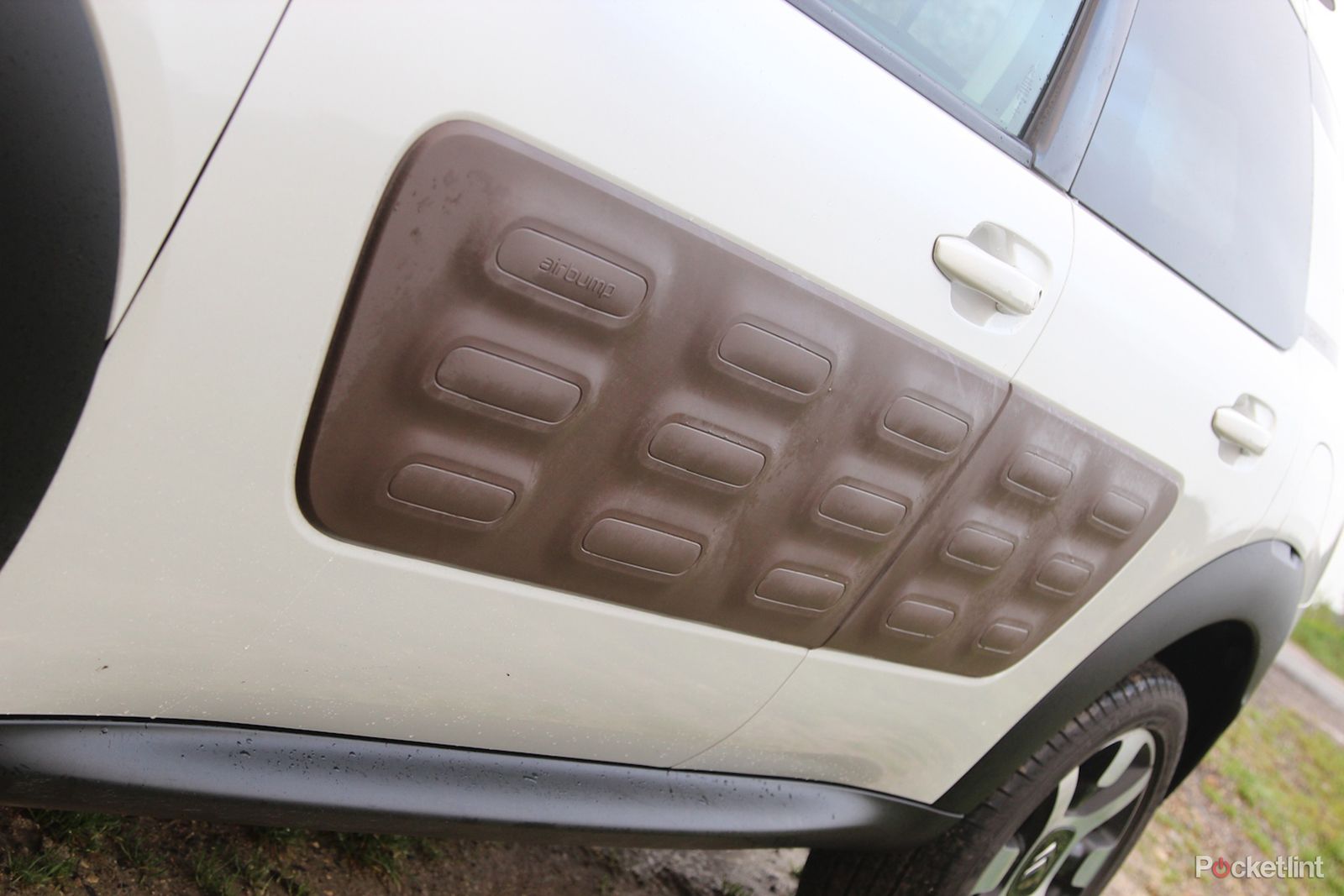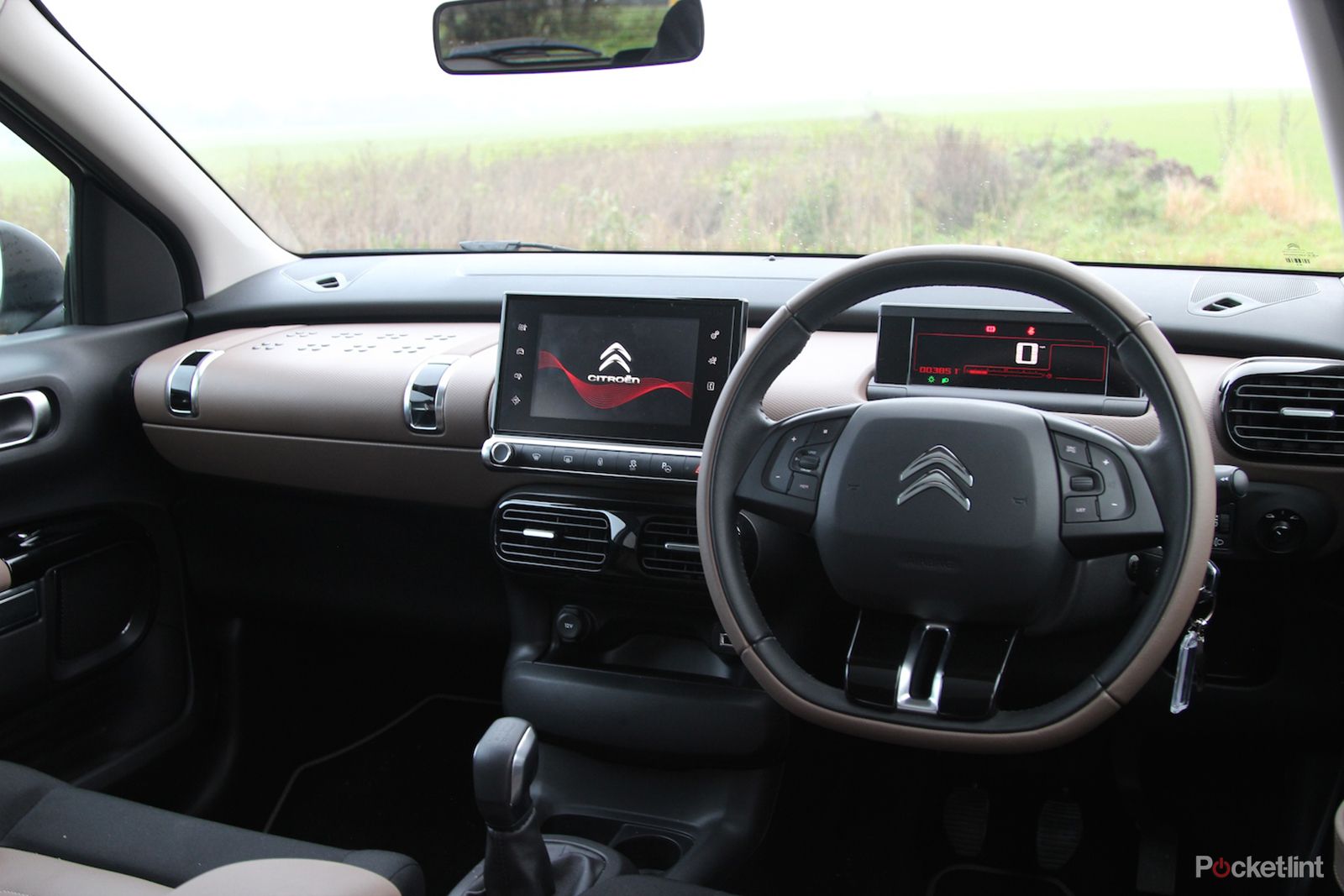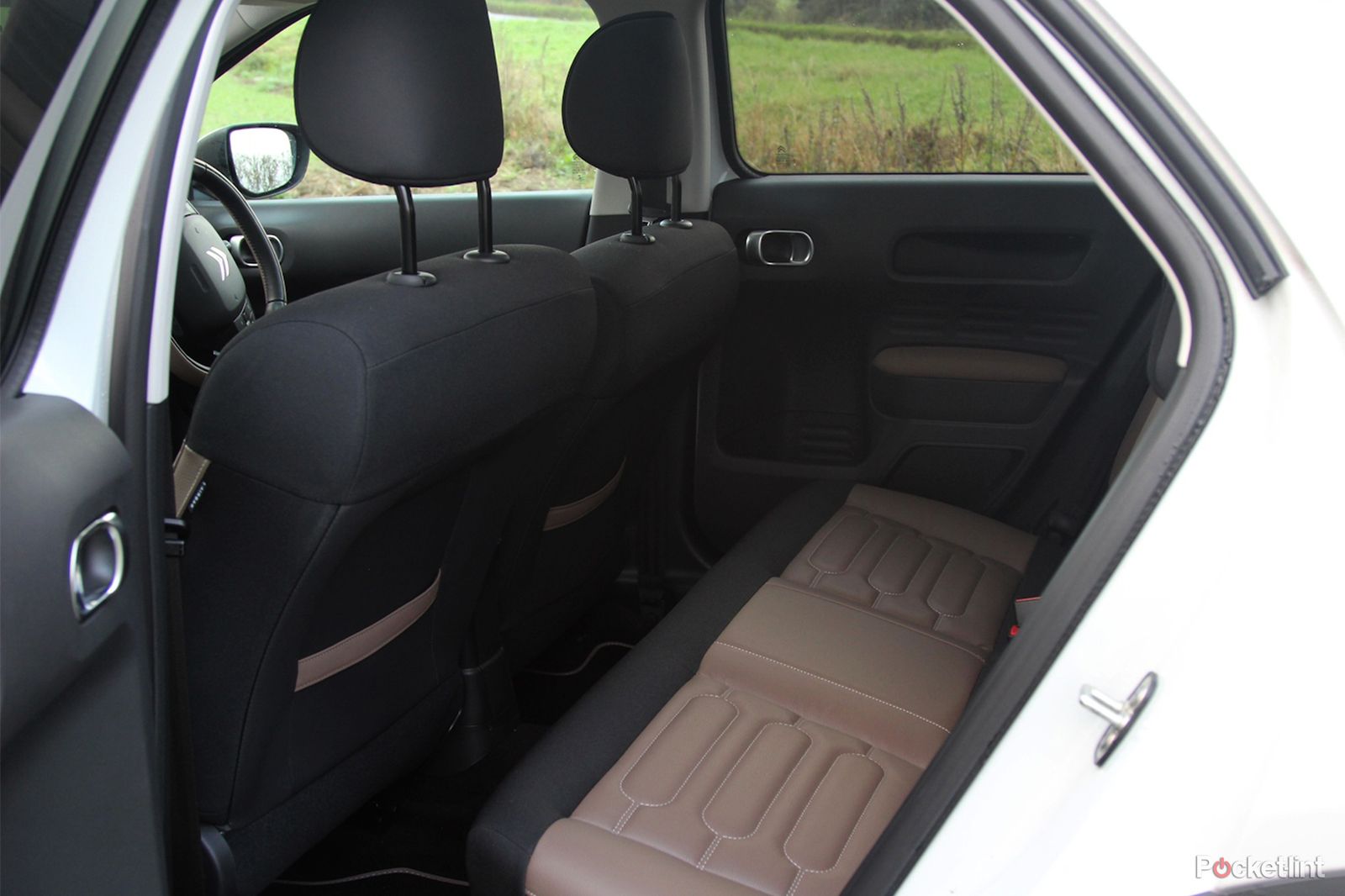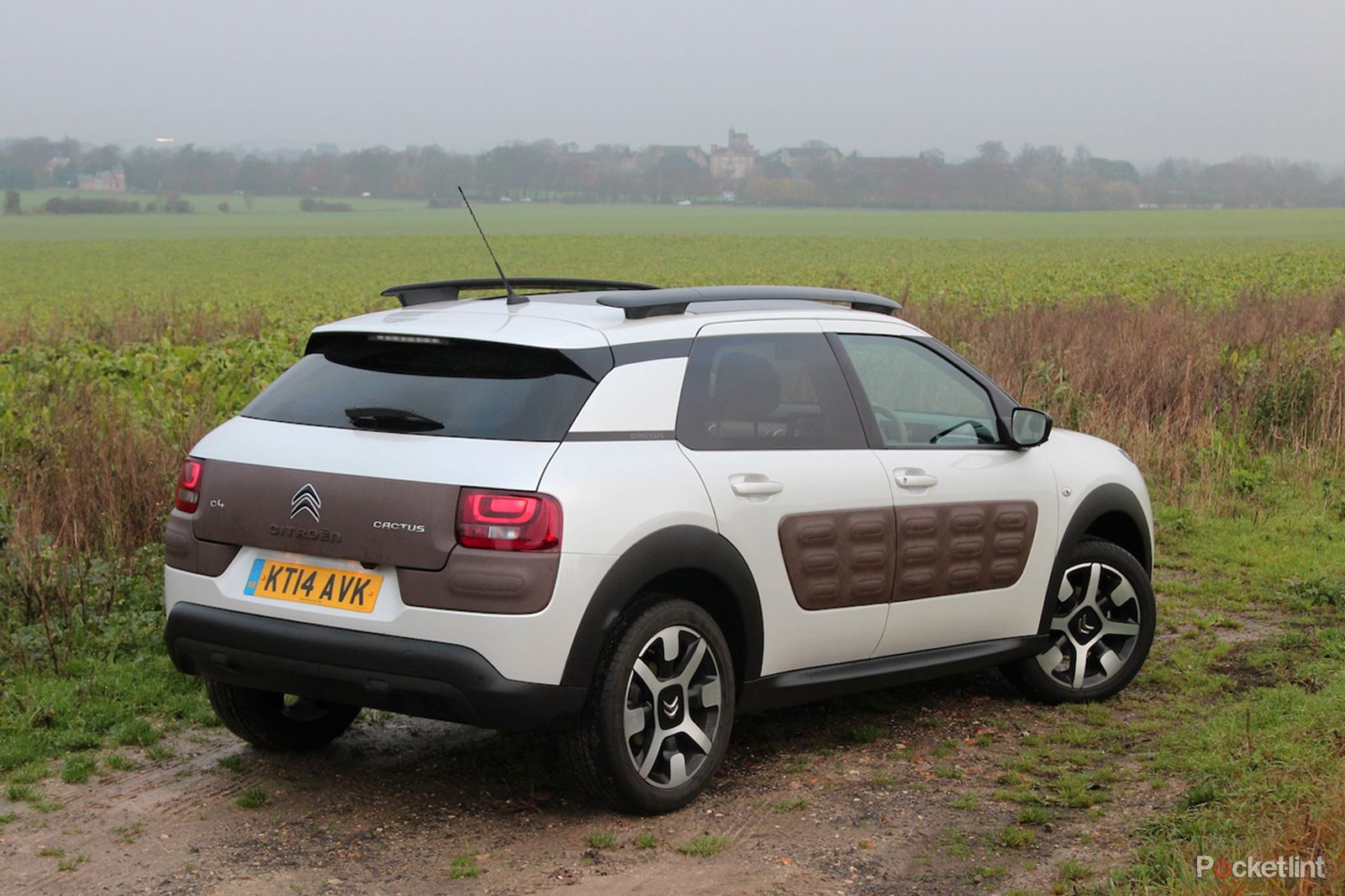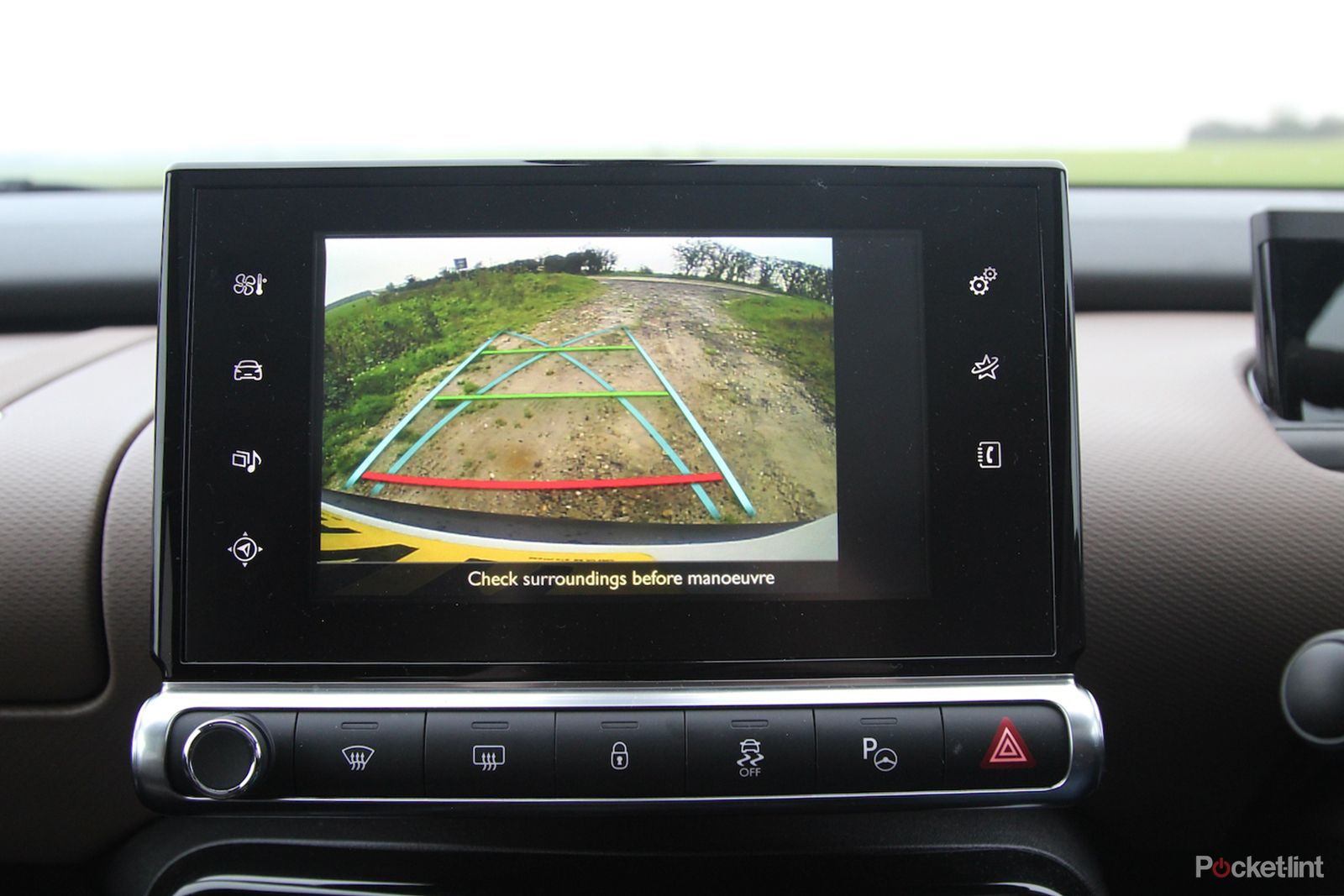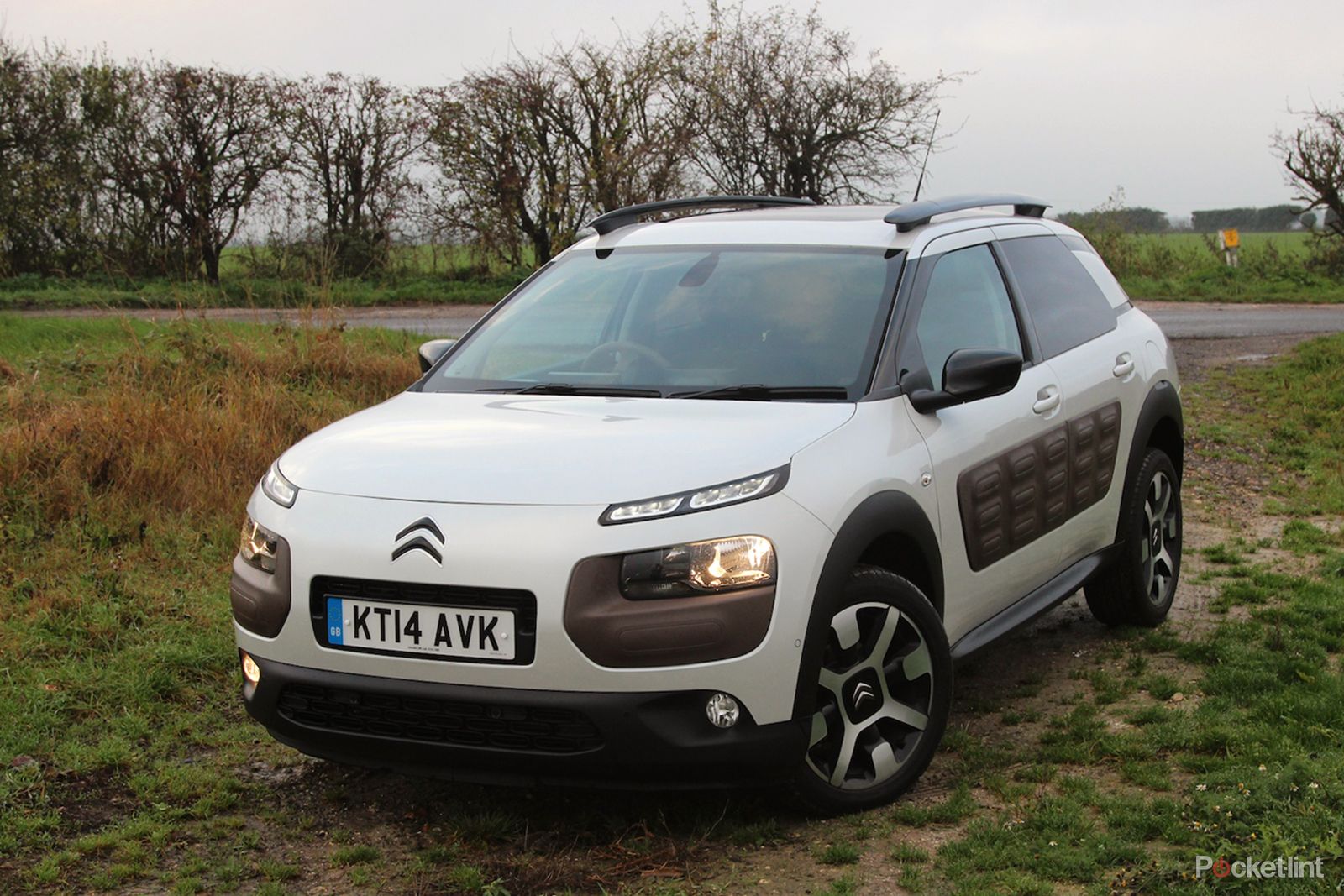Every so often a car comes along that causes people to stop and stare. If you're brave enough to drive a new Citroen C4 Cactus, then there's a fair chance that people are going to stare at you. It's a car that looks different; quirky in a way that, arguably, all the best Citroens have.
Our quick take
With a split rear seat, the Cactus could happily replace our BMW 3-Series Touring as the family car. While many we met seemed confused or perplexed by this Citroen's airbumps and the look they give, we can't help admiring Citroen for trying to tackle one of the key bugbears of modern motoring.
The Cactus looks different, feels special, drives well and its underlying design ethos of lighter-weight simplicity is one we admire. It's full of little design surprises and delights and has plenty of technology on board too, all while not asking you to make sacrifices for the things that you come to expect from a car.
As tested, in top-of-the-range HDi Flair trim, the cost seems high. But then we can't think of any kit that's missing - our test car even came with the panoramic roof, leather seats, an SOS emergency assist system and the ability to parallel park itself. Drop down to the petrol 110 model, in mid-range Feel trim, and add a few choice options and you're going to have change from £17K. That's great value at the start of 2015.
Ultimately what shines through about the Cactus is its different spirit, it's not plying the retro pastiche route of the Mini and Fiat 500 options of this world. It's not a me-too product, not a regular hatch, nor a bloated crossover. Instead it stands confidently on its own, as something new and different. It is therefore a "proper" Citroen - but this is one you can buy with both your head and your heart. If, that is, you can be brave enough to get behind the way it looks.
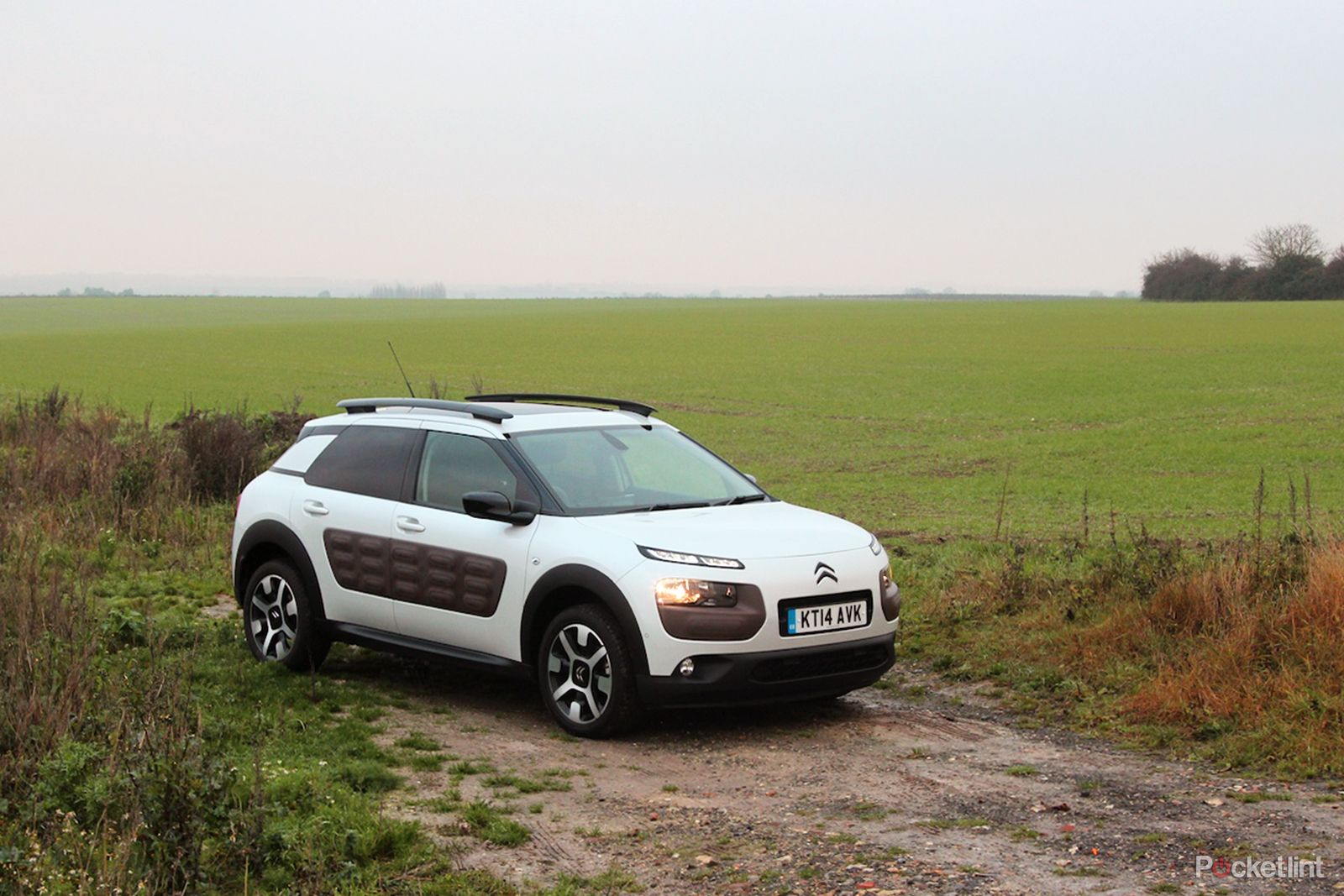
Citroen C4 Cactus - 4.5 / 5
| FOR | AGAINST |
|---|---|
|
|
Question is, can its unusual looks win everyone over? We think the Cactus is a thorn in the side for its nearest competitors and one well worth getting behind. Literally. Here's why.
Touch my bump
When Citroen set out to design the Cactus, it went about an all-round re-think of how to make the car more user-friendly and appropriate for modern life. One of the things the company's research observed was the frustration with just how easy it is to scratch modern cars (and then how expensive they are to repair). Supermarket trolleys, tight car parks and carelessness means cars can end up looking like they've been pushed down a flight of stairs.
The Cactus's different looks stem primarily from its solution to this problem: something Citroen calls "airbumps". These small, air-filled sections cover the flanks and corners of the car in the place where someone is most likely to open their car door into yours or catch the edge of your car while manoeuvring. The squidgy rubber airbumps won't mark and scuff as much as painted metal and if it does get damaged then it's far cheaper and easier to replace.
Presented in contrast chocolate brown, set against the white paint of our test car, the airbumps certainly stand out. Indeed some will think the Cactus has been pushed down a flight of stairs before it's left the forecourt. However, you can diminish the airbump presence by specifying other colours such as black and grey - but that kind of defeats the point.
As an concept, we wonder why no company has brought such a concept to market before. But we had to explain the reasons for the airbumps plenty of times. They "looked like the car was made from Lego" or "had some Cadbury's Dairy Milk stuck to the side", according to two separate on-lookers anyway. Like we say, visually the Cactus is not going to be to everyone's taste.
A clever kind of crossover
Beyond the bumps the Cactus is an interesting new kind of car. It's no longer than a regular C4 hatch but, and in a similar fashion to a Mercedes GLA or Nissan Qashqai, it manages to feel like it's giving you a lot more space within the same road footprint as a conventional hatchback.
The Cactus's real appeal is that its parts add up to something that not only looks genuinely different on the road, but feels quite different and special to sit in too. This isn't just another Eurobox hatch-crossover, instead it feels clever, better, with the volumes of the interior helping you feel like you're in a spacious, airy cabin.
Those used to crossovers and SUVs will find the seating position slightly lower, while those used to a regular family hatch will find it slightly higher. What's important is that the visibility out the windscreen is generally very good from this seated position, and the seats themselves are rather lovely - all comfortable and soft, while providing enough support to make a three-hour stint behind the wheel ache-free.
This cleverness by design continues with both the usable spaces and the overall design theme of the interior. First thing you'll notice upon opening the doors is how simple and uncluttered the interior is, with the major elements you need to touch and operate all clustered into island formations, typically demarcated with a black gloss surround which makes them standout against the brown fabrics, leather and plastic finish of our car. Also note the lozenge shape of the airbump makes its way inside too, continuing a key element of the exterior design theme on the seats and in details like the air vents.
Some clever parts-bin sharing by Peugeot-Citroen means that most of the bits you actually touch feel high quality too: the gearstick's from a Peugeot 208, the steering wheel a Citroen DS5. Occasionally there's a Cactus-specific design flourish, from the door pull-handles being more like the handles of a luxury handbag, while the glovebox (massive and on top of the dash because the passenger airbag's moved into the headlining) opens like an old-fashioned luggage trunk. Very fun.
Simplicate stupid
We love much of the tech now finding its way into modern cars, but it can make them desperately complex - both difficult to operate, and a scary proposition to maintain and fix. We've seen recent products such as Dacia's Duster propose a new route which uses a generation old tech, eschews many of the gadgets going into the newest cars but wraps them up in a utilitarian product package at tantalisingly low prices.
READ: Dacia Duster review
The Cactus splits the difference between the Dacia approach and the over-complexity route. The ethos behind this car has Citroen's designers simplifying and trimming excess wherever possible. The idea for the Cactus started in 2007, as a concept car that used far fewer parts and stripped masses of the weight out compared to most modern cars.
The production version of the Cactus isn't anything like as extreme as that first concept, but it still weighs less than one tonne in most of its formats - which is admirable for a thing of this size. And by taking a pragmatic approach - which means that our 1.6 diesel is about the biggest, most powerful Cactus you can buy - various elements of the car such as the cooling and air-conditioning systems could be "right-sized" and made lighter weight, because it was known from the start they wouldn't need to cope with a high performance future variant, for instance.
This means you'll have to make a couple of sacrifices. The steering wheel doesn't telescope for reach, which, depending on your height, might be the biggest problem of all given how it compromises the driving position slightly. The rear windows don't wind down either - they only pop out. But then with the space saved in the door, the designers have managed to create two large door bins. Finally, the rear seat doesn't split fold, i.e. it's all or nothing up or down, which compromises the Cactus's usefulness for a small family and in a situation like a run to Ikea. However, we are informed that there will be a split-fold rear seat available in the future.
Yet everywhere else the Cactus doesn't ask you to make compromises. Our top-of-the-range Flair edition (it's the BlueHDi 100 Flair if we're naming full names) was loaded with a full touchscreen, packing satnav, a rear parking camera, Bluetooth connectivity, music streaming, plus access to Citroen's app store and the ability to use your phone as an internet hotspot.
Even dropping down to the mid-spec Feel or base Pure trim levels, we suspect the Cactus will never feel old on the tech front. You still get the touchscreen display, multiple USB-ports, a cracking interior design and it sits on Peugeot/Citroen's most recent platform with state-of-the-art engines.
Recapturing the feel of old
Our 100 horsepower BlueHDi diesel is the most powerful diesel Cactus available. There's a lower-powered diesel option with an auto gearbox, and a three-cylinder, turbo petrol engine which comes in at low-power 75bhp, mid-spec 82bhp and range-topping 110bhp forms.
We found the BlueHDi's manner suited the Cactus well - it's relaxed, but like all modern turbo-diesels, it's punchy too. It never feels flat-out fast but nor does it ever struggle to keep up with traffic, despite tall gearing and only a 5-speed gearbox. Given that last fact, we were surprised by how refined and quiet the Cactus was on the motorway, with only wind rustle from the roof bars spoiling the refinement.
It might not set the world on fire in terms of driving enjoyment, but the Cactus does all that's asked of it, and soon has you taking a slightly lounge-like, relaxed approach to driving that's more reminiscent of Citroens of old. If only the ride was a little softer - although you might consider it a price worth paying for the smart 17-inch diamond-cut alloy wheels.
In our hands, the Cactus returned nearly 60mpg from a mix of motorway and town driving. We suspect this engine is probably capable of even better economy if you're gentle with it and spend the majority of your time outside of urban areas. In town, the standard stop-start system undoubtedly helped too.
It's once again worth mentioning that this HDi diesel is one of the quietest, least clattery diesel engines out there right now. It impresses no less here than in the countless Peugeot products we've tried it in. But if you're looking for fun and excitement in the Cactus and your annual mileage is low, do check out that 82 or 110 VTi petrol - the sweet 3-cylinger unit likes to rev, it's cheaper to buy than the diesel and puts less weight over the front wheels, thus sticking closer to the lightweight Cactus ethos.

